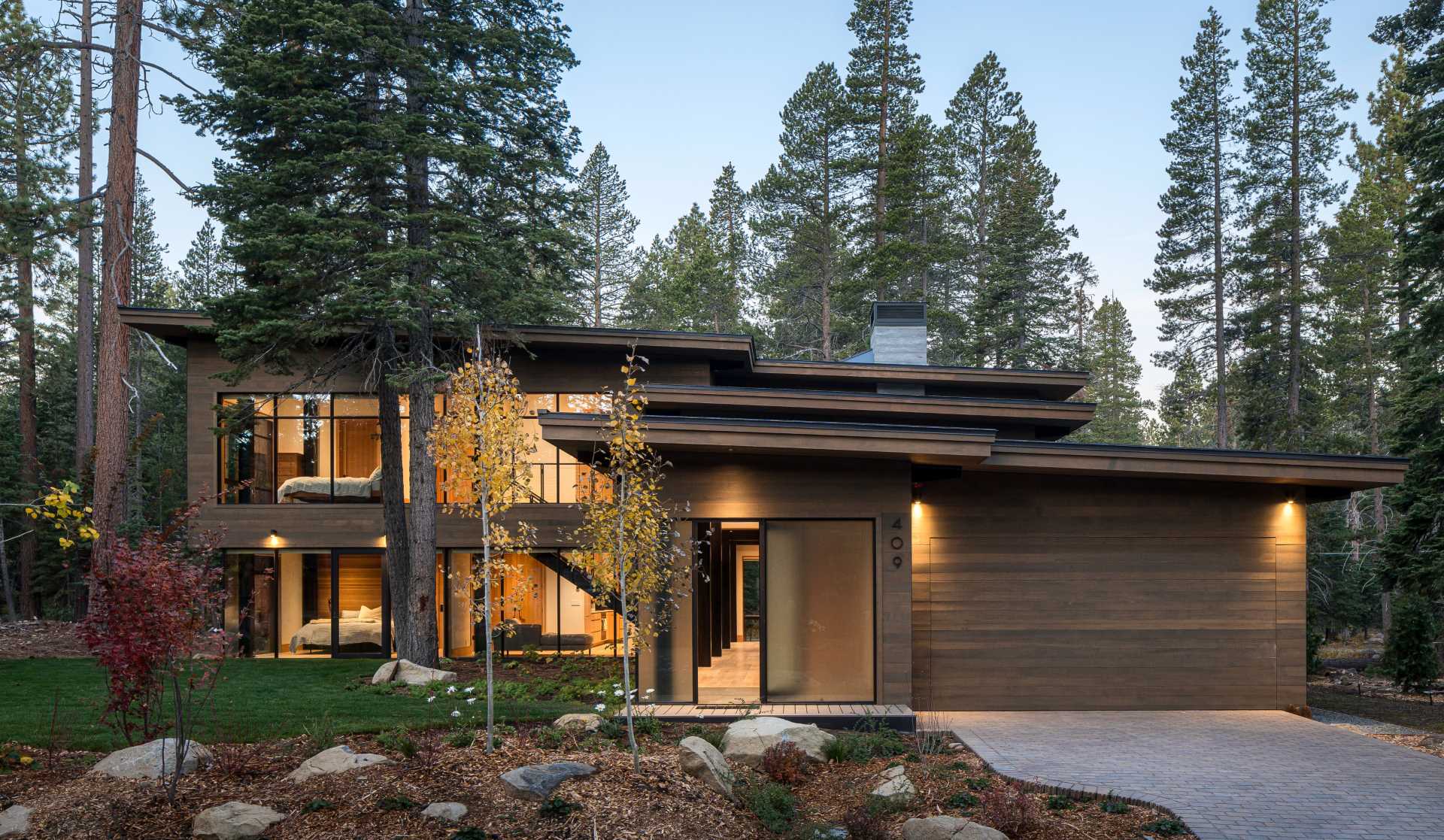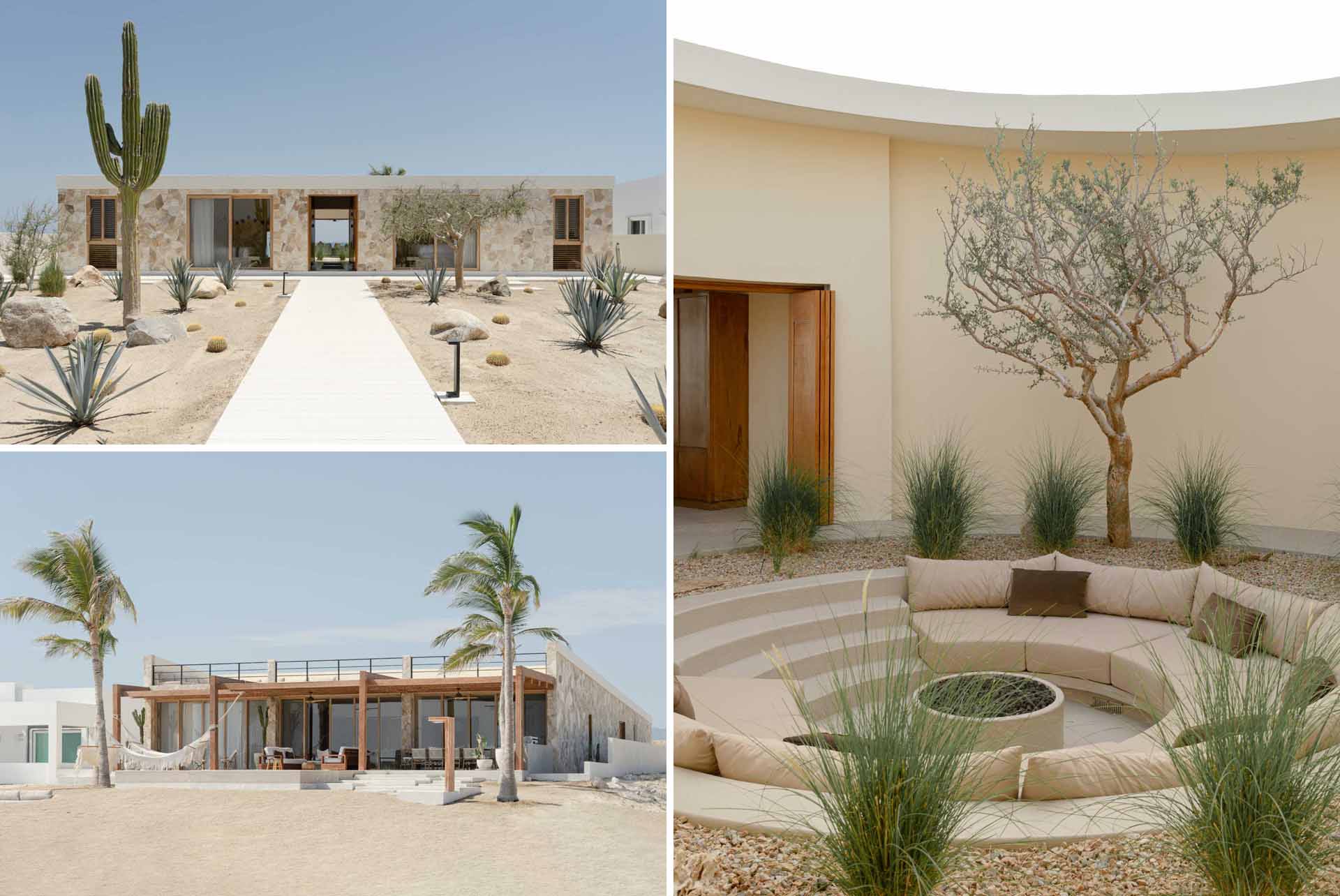From Concept to Creation – Your Essential Kitchen Interior Design Guide.
For many people, the kitchen is the heart of the house. It’s a place where stories unfold, where mornings begin with warmth, and where evenings end with comfort.
Reimagining your kitchen can transform the way you experience your home, whether you prefer the serene elegance of a white kitchen or the harmony of a zen kitchen design.
Remodeling your kitchen is about creating a space that embodies your individuality, supports functionality, and fits with the rhythm of your daily life.
In this kitchen interior design guide, we aim to blend creativity with practicality, providing you with modern interior design ideas to celebrate timeless beauty and sophistication.
Your Kitchen Interior Design Guide
Embarking on a kitchen remodel is not simply the act of conducting a structural upgrade. Remodeling your kitchen is the art of designing a space that truly resonates with your lifestyle and personal taste. Keep that in mind.
Whether you dream of a sleek, contemporary kitchen or a cozy, inviting retreat, this guide will walk you through the fundamental principles of kitchen interior design.
From optimizing layout efficiency to selecting the right materials, finishes, and lighting, each decision contributes to a cohesive and functional space that beautifully combinesaesthetics with purpose.

Planning Your Kitchen Remodel
Before diving into material selections or choosing color schemes, take a moment toreflect. What does your dream kitchen look like? Are you drawn to a minimalist aesthetic, or do you prefer a space filled with intricate details? This phase is all about defining purpose:
• Identify what works and what disrupts the flow in your current kitchen.
• Clarify your priorities—storage, seating, workspace, or social interaction.
• Establish a budget that aligns with your vision without cutting corners.
A successful remodel is not about filling space but about curating an experience. The design of your kitchen should enhance your daily routines, not complicate them.
Choosing the Right Layout
The layout is the backstone of any kitchen design project. The arrangement of countertops, appliances, and pathways dictates efficiency and ease. Classic layouts include:
• Galley Kitchens – Ideal for smaller spaces, promoting a smooth workflow.
• L-shaped or U-shaped layouts – Maximizing storage and movement.
• Island or Peninsula Configurations – Fostering interaction and adding versatility.
A thoughtfully designed layout should match your lifestyle, ensuring that cooking, entertaining, and everyday activities unfold effortlessly in the space.
Selecting Materials and Finishes
The textures and surfaces within a kitchen dictate not only its visual appeal but also its longevity. Interior kitchen designers always emphasize the importance of choosing the right material:
Cabinetry
Consider classic wood tones for a warm feel or matte finishes for a sleek, modern kitchen aesthetic.
Countertops
Quartz offers durability, marble brings timeless elegance, andbutcher block adds an organic touch.
Flooring
Hardwood exudes sophistication, while stone tiles deliver durability and a natural texture.
Backsplashes
Whether you prefer a minimalist style or something bold, a backsplash is a subtle element that unifies the kitchen design. It’s more important than you might think!
Interior kitchen design ideas flourish when elements work together, creating harmony instead of competition.


Lighting: The Secret to a Functional and Inviting Space
In addition to illuminating a space, lighting also has the ability to define the atmosphere of the environment. A well-lit kitchen features layers of light:
Ambient Lighting
Soft, diffused light that envelops the space.
Task Lighting
Focused light for cooking and other tasks.
Accent Lighting
Elevating aesthetics, from under-cabinet lights to striking pendant fixtures.
Don’t forget that a modern kitchen interior design should harmoniously blend natural and artificial light, ensuring both functionality and a pleasant atmosphere.


Appliances and Technology Integration
A kitchen should function with intuitive ease. The integration of smart technology enhances both efficiency and sustainability:
Built-in appliances
Offering seamless aesthetics along with optimal functionality.
Energy-efficient choices
Merging environmental consciousness with modern convenience.
Smart kitchen innovations
Ranging from touchless faucets to app-controlled lighting.
A well-designed kitchen interior design does not sacrifice beauty for practicality—nor the opposite. Ideally, it marries both effortlessly.
Maximizing Storage and Organization
Clutter can disrupt tranquility. Interior design kitchen ideas focus on storage solutions that keep essentials accessible while preserving visual harmony:
Customized cabinetry
Featuring hidden compartments and pull-out organizers.
Vertical storage
Utilizing wall space with open shelving or hanging racks.
Pantry efficiency
Ensuring everything has its place, reducing chaos.
Modern kitchen interior design ideas prioritize effortless organization, ensuring that every inch serves a purpose.


Color Schemes and Design Themes
The color palette sets the emotional tone of your kitchen – the atmosphere. From deep, moody hues to the tranquility of a white kitchen interior design, color is an extension of personal style. From many Interior Design styles, consider these aesthetic approaches:
Monochrome minimalism
Opt for crisp whites or soft neutrals for a timelesslook.
Earthy warmth
Incorporate natural woods and muted greens for an organic feel.
Bold contrasts
Pair dark cabinetry with light countertops for a striking effect.
The design of your kitchen should evoke emotion — choose colors that align with your vision.
Bringing It All Together with Décor and Accessories
The finishing touches can truly bring your kitchen design to life. Accessories should not only serve a function but also showcase your individuality:
Textural elements
Think woven chairs, ceramic dishware, linen curtains.
Greenery
Adding plants can soften the space and contribute to a zen kitchen design vibe.
Personalized details
Consider artful centerpieces, vintage accents, and curated open shelving.
Your kitchen should tell a story—one that embodies warmth, creativity and refined simplicity. Accessories are an excellent way to do this.
Common Mistakes to Avoid During a Kitchen Remodel
A well-designed kitchen strikes a balance between functionality, comfort, and aesthetics. However, there are common pitfalls that can undermine the final outcome. Here are some key mistakes to avoid:
Neglecting workflow – Functionality should dictate form. The kitchen should follow the classic work triangle principle, ensuring a smooth transition between the stove, sink, and refrigerator.
Ignoring ventilation – Proper airflow prevents moisture buildup, improves air quality, and extends the lifespan of your cabinets and appliances.
Overlooking storage solutions – Not making the most of vertical space or forgetting about pull-out organizers can lead to clutter and inefficiency.
Prioritizing aesthetics over durability – While beautiful materials are appealing, they should also fit your lifestyle to ensure they last.
Chasing fleeting trends – Your kitchen should be designed to stand the test of time. Focus on lasting elements and incorporate trends subtly through accessories.
A successful remodel is one that remains stylish and efficient over time.
Working with Professionals vs. DIY in Kitchen Interior Design
Deciding whether to hire a professional interior kitchen designer or tackle the remodel yourself depends on expertise, available time, and the complexity of the project.
Working with Professionals: An experienced interior kitchen designer brings precision to spatial planning, material selection, and overall aesthetics. They simplify the process, foresee potential challenges, and connect you with exclusive resources and skilled tradespeople. Their knowledge is especially beneficial for structural changes, custom cabinetry, and high-end finishes.
DIY Approach: Taking the DIY route offers complete creative control and can save money, making it a great option for minor updates like painting, changing hardware, or adding shelving. However, attempting major renovations—such as plumbing, electrical work, or significant layout changes—without professional help can lead to costly errorsand safety risks.
Our advice? Carefully assess the scope of your project and your own skills. A successful remodel combines creativity with expertise, ensuring a balanced outcome.
Atelier Sabiina Design: Your Kitchen Interior Designer Expert
At Atelier Sabiina Design, we bring artistry and vision to interior spaces, curating designs that blend contemporary trends with timeless appeal. If you prefer to team with kitchen design experts, we can guide you in your renovation by offering Interior Design and Interior Styling Services.
Ready to start the renovation? Come see how we can help you. Also, remember to follow our social media accounts and subscribe to our newsletter to keep up with the latest news.


